En esta ocasión me he encontrado con este artículo-reseña que recoge la biografía y la filmografía del actor. No lleva fecha ni autoría.
Montgomery Clift
Gender: Male
Born: October 17, 1920
Died: July 23, 1966
Birthplace: Omaha, Nebraska, USA
About This Person
Full Biography
From All Movie Guide: Along with Marlon Brando, Montgomery Clift typified the emergence of a new breed of Hollywood star: Prodigiously talented, intense, and defiantly non-conformist, he refused to play by the usual rules of celebrity, actively shunning the spotlight and working solely according to his own whims and desires. A handsome and gifted actor, he channeled the pain and torment so rampant in his private life into his screen and stage roles, delivering remarkably poignant and sensitive performances which influenced generations of actors to come. Born October 17, 1920, in Omaha, NE, Clift began performing in summer stock at the age of 14 in a production of Fly Away Home. Within seven months, the play was running on Broadway, and throughout the remainder of his teen years he remained a fixture on the New York stage. Next, in 1935, was Cole Porter's Jubilee. In 1940, Clift also appeared with the Lunts in There Shall Be No Night, and in 1942 performed in The Skin of Our Teeth. His work in the Lillian Hellman smash The Searching Wind brought any number of offers from Hollywood, but he rejected them to appear in The Foxhole in the Parlor; finally, after earning acclaim for Tennessee Williams' You Touched Me, Clift agreed to make his film debut in the classic 1948 Howard Hawks Western Red River.
From the outset, Clift refused to play the studio game: He did not sign any long-term contracts and chose to work only on projects which intrigued him, like Red River. However, the film was so long in post-production that screen audiences instead got their first glimpse of him in Fred Zinneman's The Search, where unanimous praise for his sensitive, unsentimental, and Oscar-nominated performance made Clift among the hottest commodities in the business. He agreed to appear in three films for Paramount (only completing two): The first was William Wyler's 1949 adaptation of Henry James' The Heiress, with Billy Wilder's Sunset Boulevard scheduled to follow. At the last minute, Clift backed out of the project, however, to star in 20th Century Fox's 1950 war drama The Big Lift. Upon returning to Paramount, he starred in George Stevens' classic A Place in the Sun, earning a second Academy Award nomination for his performance opposite Elizabeth Taylor, who became his real-life confidante. Clift then disappeared from view for two years, coaxed out of self-imposed exile by Alfred Hitchcock to star in the 1953 thriller I Confess.
For Zinnemann, Clift next starred in the war epic From Here to Eternity; the film was the biggest success of his career, earning him another Best Actor bid (one of the movie's 13 total nominations; it took home eight, including Best Picture). After headlining Vittorio De Sica's Stazione Termini, Clift returned to Broadway to appear in The Seagull; in order to commit to the project, he needed to turn down any number of screen offers, including On the Waterfront and East of Eden. In total, he was away from cinema for four years, not resurfacing prior to the 1957 smash Raintree County; its success re-established him among Hollywood's most popular stars, but offscreen Clift's life was troubled. Tragedy struck when a horrific auto accident left him critically injured. He gradually recovered, but his face was left scarred and partially paralyzed. Still, Clift continued performing, delivering performances informed by even greater depth and pathos than before. His first project in the wake of the accident was 1958's The Young Lions, his first and only collaboration with Marlon Brando.
Education
Location - New York, New York
Year range - 1936
Year range - 1947
Filmography
Red River (1948)
Role: Matthew Garth
Nomination
Best Performance by an Actor in a Supporting Role in a Motion Pic - 1961 Hollywood Foreign Press Association
Best Actor - 1953 Academy of Motion Picture Arts and Scie
Best Actor - 1948 Academy of Motion Picture Arts and Scie
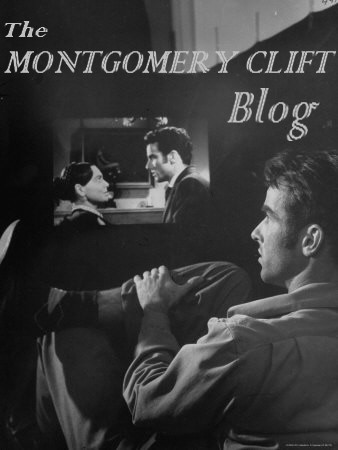



.-+albornoz+(4)+BLOG.jpg)
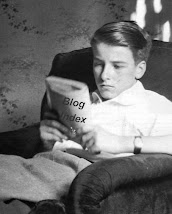
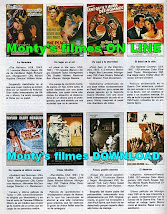


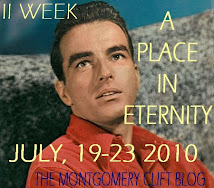











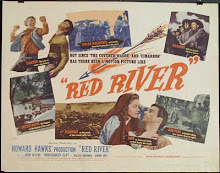
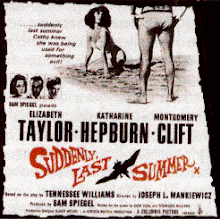



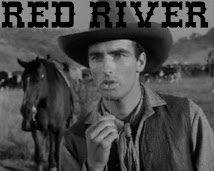
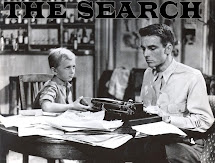

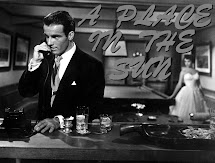2.jpg)
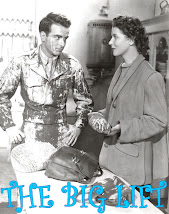.jpg)
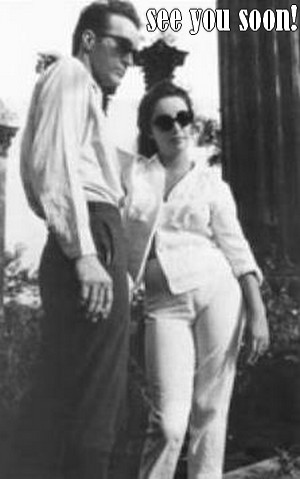

.jpg)


No hay comentarios:
Publicar un comentario